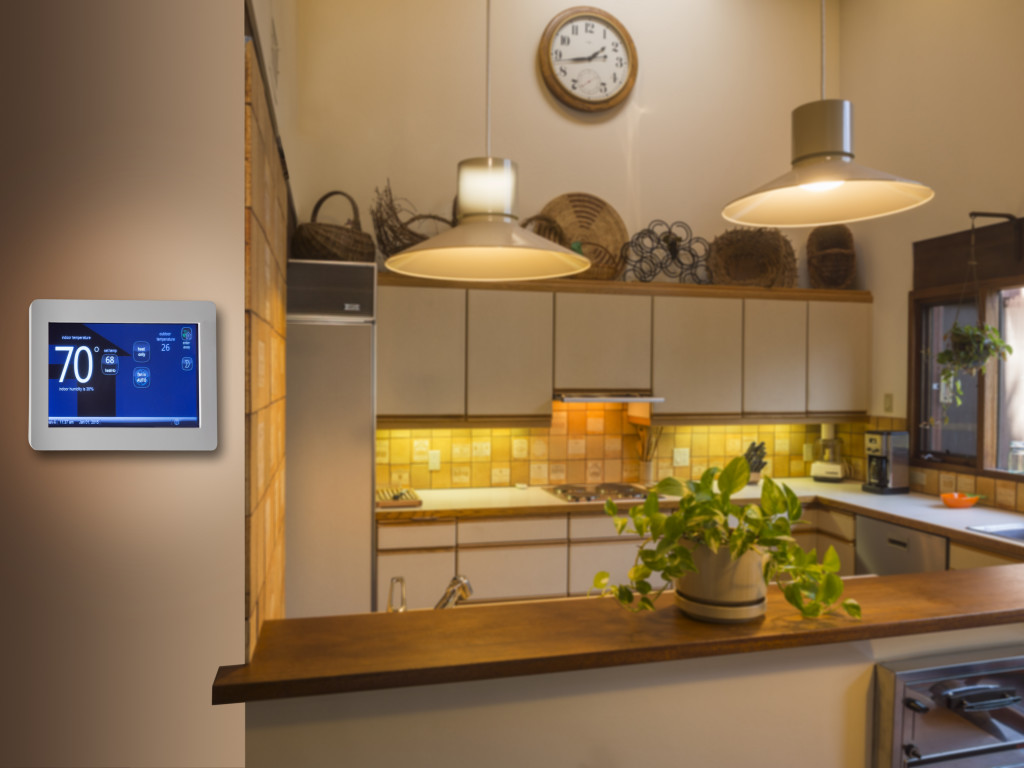Creating a health-promoting home environment doesn’t have to be complicated or expensive. With a few simple changes, you can dramatically improve indoor air quality and reduce your household’s exposure to toxins and other harmful chemicals. Here are a few tips for creating a healthier home.
1. Ditch the toxic cleaning products.
Many conventional household cleaning products contain harmful chemicals that can off-gas into the air and contribute to indoor air pollution. Some of these harmful chemicals include ammonia, bleach, and formaldehyde. Ammonia is toxic because it can irritate the skin, eyes, and throat. Bleach is a corrosive chemical that can cause respiratory problems. Formaldehyde is a known carcinogen or a cancer-causing agent. Watch out for these toxins by reading the ingredients label on your cleaning products. Make sure to choose wisely when supply shopping for your home. You can look for natural, non-toxic alternatives to conventional cleaning products or make your own DIY cleaning solutions using ingredients like vinegar and baking soda.
2. Invest in an air purifier.
Air purifiers can remove many of the pollutants floating around in your home, including dust, mold spores, pet dander, and chemical vapors. There are many different kinds of air purifiers on the market, so it’s important to do your research before making a purchase. Some purifiers use activated carbon filters to remove chemical vapors and odors from the air. One example is the Blueair Classic 605 Air Purifier, which uses a three-stage filtration system to remove 99.97 percent of airborne particles as small as 0.1 microns. Those three stages include a pre-filter, an activated carbon filter, and a high-efficiency particulate air (HEPA) filter. Make sure to choose an air purifier that is the right size for your needs and that uses filters that can trap the specific kinds of pollutants you’re concerned about.
3. Bring nature inside.
Plants not only add beauty to your home but also work to purify the air. Some plants, like snake plants and spider plants, are particularly effective at filtering out harmful toxins. Snake plants are good at this because they release oxygen at night, which can help you sleep better. Spider plants effectively remove carbon monoxide from the air by converting it into carbon dioxide, which is then used as food for the plant. So if you’re looking for a way to improve indoor air quality, consider adding some plants to your home.

4. Control humidity levels and ventilate your home often.
Dust mites, mold, and mildew thrive in damp environments, so it’s important to keep your home’s relative humidity below 60%. Using a dehumidifier in the basement or crawl spaces can help to control moisture levels and prevent the growth of these common allergens. If you have a bathroom prone to dampness, make sure to use an exhaust fan during and after showers to help reduce moisture in the air.
Another way to improve indoor air quality is to let fresh air in! Open windows and doors whenever possible to allow for cross ventilation and help clear out any stale air that might be trapped inside. If you have an older home or one that doesn’t get as much air as you need, you can also consider hiring a professional to add proper ventilation to your home to help reduce moisture and improve indoor air quality.
5. Clean regularly.
To create and maintain a healthy home environment, keep your rooms clean. Vacuum regularly to remove any buildup of allergens and pollutants. Use the vacuum’s hose attachment to clean hard-to-reach places. Dust off surfaces with a microfiber cloth to trap dust rather than push it around. Change your bedding regularly and wash it in hot water to kill dust mites. In the kitchen, wipe down countertops and appliances with a disinfectant solution. Be sure to clean all surfaces, including floors, carpets, furniture, and windows. If you have any pets, brush them outside to avoid tracking in pet hair and dander. Also, make sure to groom them regularly and vacuum their bedding to remove any pet hair or dander.
6. Hire a general contractor.
If you’re looking for a way to improve indoor air quality in your home, consider hiring a general contractor. General contractors can help add proper ventilation to your home to improve air circulation and reduce moisture levels. They can also install insulation and weatherstripping to keep your home warm in the winter and cool in the summer. In addition, general contractors can help you choose the right materials and finishes for your home that are low in VOCs (volatile organic compounds). VOCs are chemicals that can release harmful fumes into the air and cause health problems over time. You can minimize exposure to these harmful chemicals by choosing low-VOC materials and creating a healthier home environment.
By making a few simple changes in your home, you can create a healthier environment for yourself and your household. Ditch the toxic cleaning products, invest in an air purifier, bring nature inside with some potted plants, control humidity levels, ventilate your home to let in the fresh air, and clean regularly. By following these tips, you can detox your home and breathe easier, knowing that you’ve created a healthy haven for yourself and those you live with.
